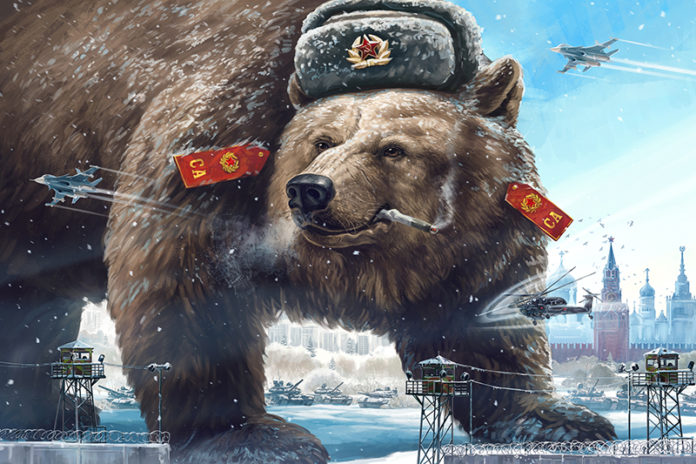A map is the most effective tool for visualizing and explaining the Ukraine-Russia crisis because its visual nature allows for viewers to understand the conflict through the same eyes of the parties involved.
Ukraine has always been one of Russia’s most vital strategic and tactical neighbors. During the winter months, Russia requires unfettered access to the Black Sea from a variety of locations, and Ukraine is in the ideal position to provide such access. Through nonfrozen waterways, it serves as a year-round entryway to the Mediterranean Sea and the Atlantic Ocean for Russia. In this regard, it is clear that eastern Ukraine and Crimea are important military (Navy) access points throughout the year.
Lithuania and Russia do not share a geographical boundary. Instead, any direct geographical contact is cut off by the land boundary between Latvia and Belarus. The United States has been setting up forces within Lithuania to combat any aggression by Russia. However, this line that the United States has drawn in the sand seems to be the furthest our military is willing to go, making it clear that we are completely unwilling to face Russia within Ukraine or engage in any sort of action that has the propensity to escalate the already dire situation.
Currently, in Lithuania, NATO infrastructure is expanding, and Germany is sending troops and planes to the area to aid them if they come to be in need. Also, there are approximately 3,000 American troops being sent to Poland, Germany and Romania. At the moment, there are already about 900 troops in Romania and 4,000 in Poland.
With the world on its toes, anxiously awaiting news of whether or not a conflict will erupt, world leaders are doing everything they can to stave off a bloody conflict that would result in a massive amount of needless bloodshed — bloodshed that experts estimate will result in the deaths of 50,000 innocent civilians. A devastating conflict might also lead to widespread suffering as an indirect result, with many people abandoning their country. A new refugee crisis may emerge in Europe.
Russia’s invasion of Ukraine, according to National Security Adviser Jake Sullivan, can happen “any day now … of course, it could take place after the end of the Olympics, or it is still possible, we believe, that Russia could choose to take the diplomatic path.”
As part of an ongoing effort to the diffuse this ticking time bomb, President Emmanuel Macron of France recently visited Moscow to find a diplomatic solution that President Vladimir Putin will support. Unfortunately, it is impossible to predict if any proposed solution would be agreeable to Putin, and that is assuming he is even amenable to a solution that involves Russia not getting all that it wants.
Presently, there is no indication that the United States has any accurate intelligence on what course of action Putin and his military plan on taking, nor does it seem that the United States has a clue on when they plan on engaging in any course of action, or even how they plan to do it. One would think our intelligence agencies would be able to describe Russian plans and objectives at this point since this “will they or won’t they” conflict has been building since March 2021, nearly an entire year ago.
With all that being said, it likely wouldn’t shock a single person if, the morning after the Beijing Winter Olympics’ closing ceremony, Russia marched into Ukraine at the invitation of the new nation of Eastern Ukraine and Crimea.































